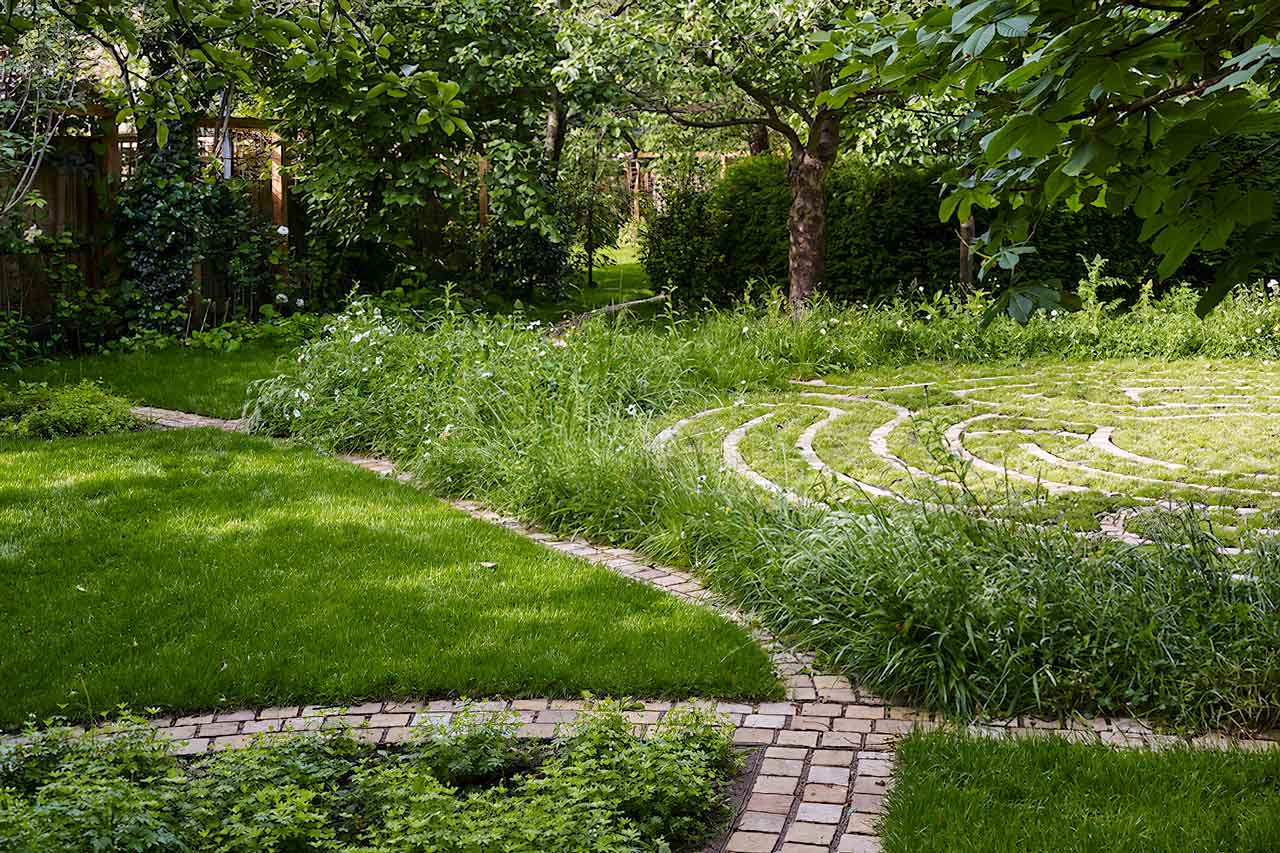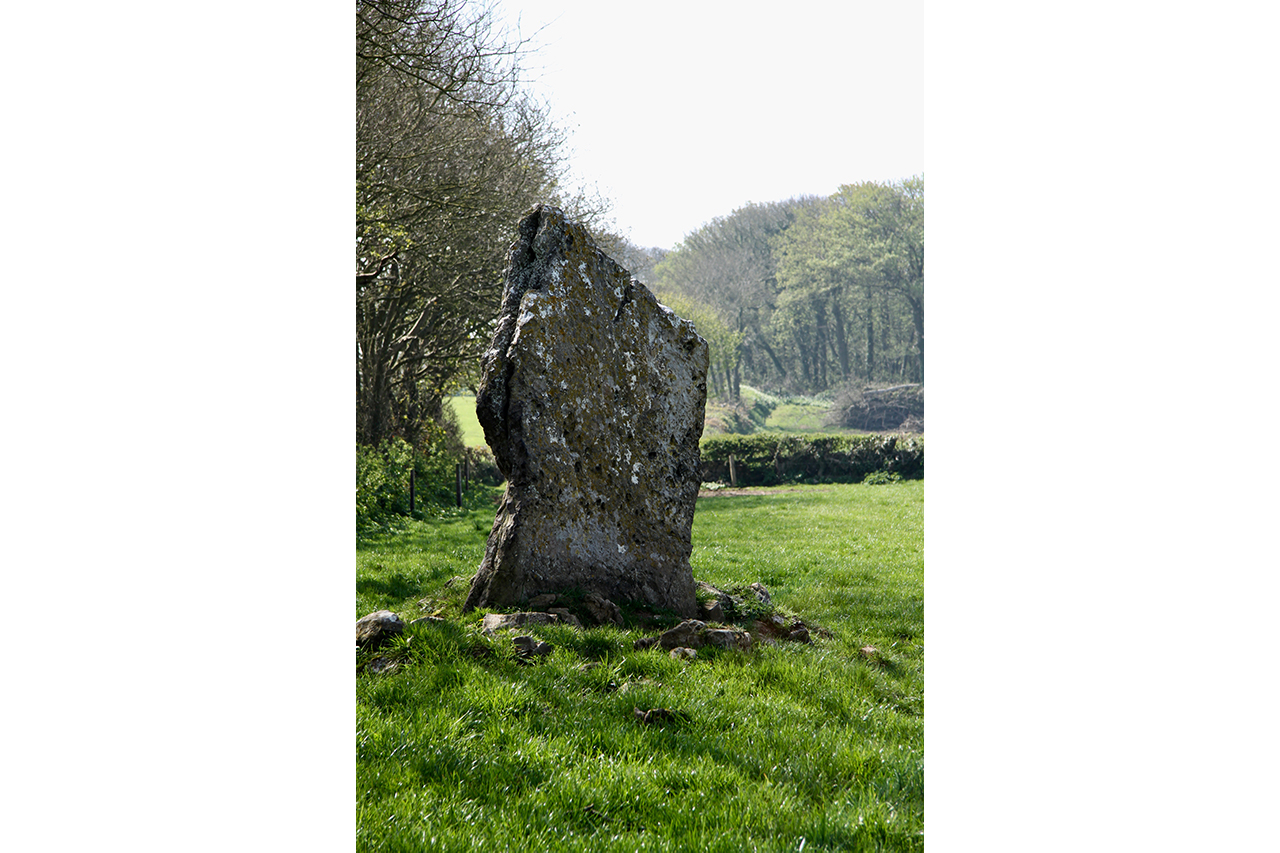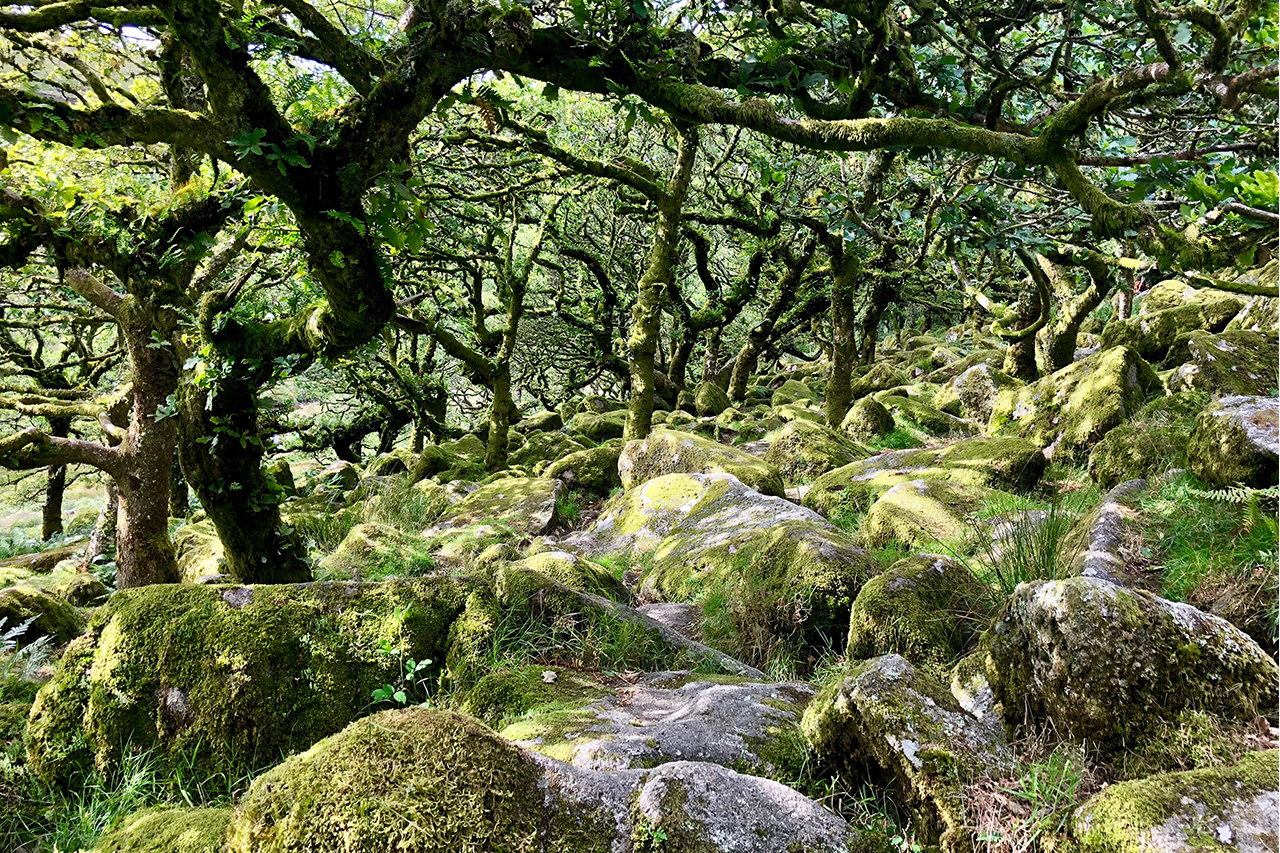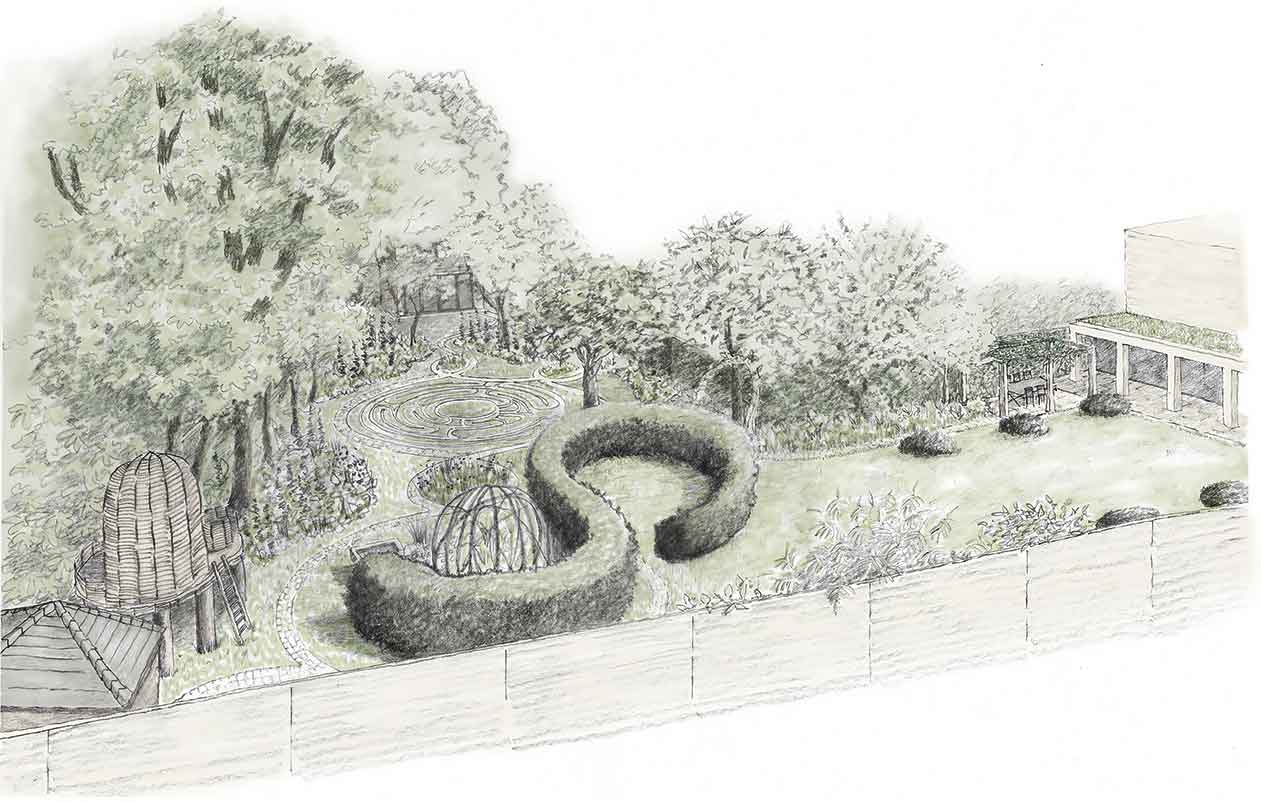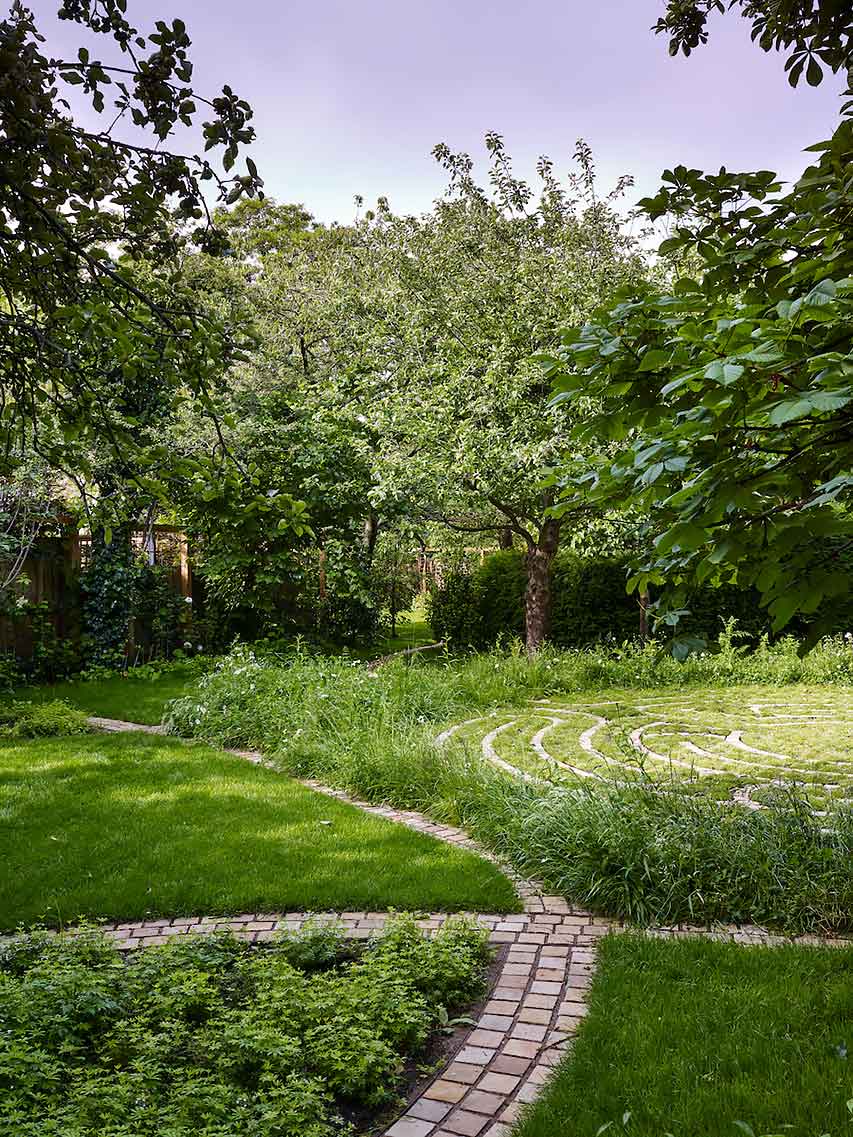Creating A Sanctuary In Your Garden
Tapping into your spiritual side can help transform your garden into a haven of peace away from the stresses of modern life .
Spiritual gardening
The spiritual side of gardening is on the rise. It’s a striking change from the early 2000s when I started designing gardens and estates – then the most common reaction to any talk of sacred spaces would have been a raised eyebrow. But times are changing. Spiritual practices, such as yoga and meditation, have become part of our everyday lives, and their increased popularity has perhaps freed us to explore our inner selves. This self-awareness, combined with an increased knowledge of the fragility of our ecosystems, has encouraged many to search for a spiritual connection not just to where they live, but to how they live. Happily, this need to connect is seeping into our approach towards garden design. We are beginning to recognise the sacredness of our need to care for, and be close to, the land.
Of course, none of this is new. Since our ancestors placed the first standing stones, we have been marking out our connections with the natural world and trying to tap into the meaning of our entwined energies. From Stonehenge through to the serene gardens at Rousham, we have expressed our wonder at nature and created spiritual places of worship and retreat. So strong has been the pull of the sacred that many pagan sites were later adopted by the early Christian church and in Renaissance Italy, the revival of Platoism spawned classically inspired statues venerating the essence of nature.
Natural connections
The most spiritual of places are often those created by nature itself. Anyone who has ever visited Wistman’s Wood on Dartmoor will have felt the tingle of otherworldliness among the twisted trunks and moss-covered boulders of this ancient oak woodland. Also in Devon, the artist Peter Randall-Page has made an extraordinary series of installations that create points of sacred reflection on nature’s energy and our part in it. Granite Song is one such piece. It sits on an island beside a public footpath and stops you in its tracks with its sheer beauty and delight.
Perhaps, now more than ever, in our increasingly noisy and digitally curated world, we all need space for sanctuary; a place to restore our senses, and our souls, away from the brutal pace of modern life. Our gardens can give us that space and are so much more than just another room to decorate, so how can you create a sacred garden for yourself?
One way is by using the ancient Japanese tenets of movement and stasis. In a Japanese garden the oku is the central sacred space or heart – both physically and spiritually – of the garden, and the process of moving towards it is one of ritual and drama achieved by hidden views and glimpses of the end point.
The Japanese have a garden concept they call miegakure, which roughly translates as ‘hide and reveal’. It’s an idea that was popularised during the Edo Period (1600-1854), and is achieved by putting up a barrier, such as a wall, hedge or area of planting, that keeps the oku hidden and then distributing the elements of the garden so that this sacred area is gradually revealed. It’s an idea you can use in your own garden, possibly by taking advantage of the natural contours of your garden, by hiding a sanctuary garden in a dip or woodland, for example. The central space can take many forms based on sacred geometry, and include a focus, such as a pool or fire pit.
Creating sanctuary
Some people need to move to think, and a moving meditation, such as Tai chi or Qi gong, gives our bodies something to do and allows our minds to quieten so that our inner spirit can find peace. In a garden setting a labyrinth is the perfect way to facilitate a walking meditation. Creating your own doesn’t need to be expensive; it can simply be a spiral marked in stones or sticks, a path mown in grass or a hedged enclosure. Traditionally, a Hindu labyrinth would have seven spirals to denote the seven chakras –root, sacral, solar plexus, heart, throat, third eye and crown – and an area for stillness at the centre, but you could design your own take on this. The path can be left bare, with areas of rainy-day mud symbolising life’s stickier moments, or you can use a natural material, such as brick or stone to create a year-round, dry surface.
For many gardeners not having something to do is an anathema; they’d rather be pricking out in the potting shed than sitting still. If this is you then a mandala is a fabulous way of setting intention and calming the mind as you create it. In its most basic form, this Sanskrit symbol is a circle contained within a square, divided into sections and organised around a central point, but mandalas come in many intricate and beautiful patterns. The concept has been borrowed by the artist James Brunt who creates simple and meditative works out of stones or leaves. To create your own, simply gather a collection of meaningful things and lay them out in a mandala pattern, starting at the centre and working your wayoutwards around the circle. The mandala can be permanent or more ephemeral, using natural materials that will disappear with the rain.
The final and most important ingredient to turn part of a garden into a sacred space is the intention. And that comes from within us, so by choosing our place and setting our intention we have already taken the first tiny step towards building a better world.
© JASON INGRAM
This article first appeared in Gardens Illustrated Magazine, August 2019
Categories
